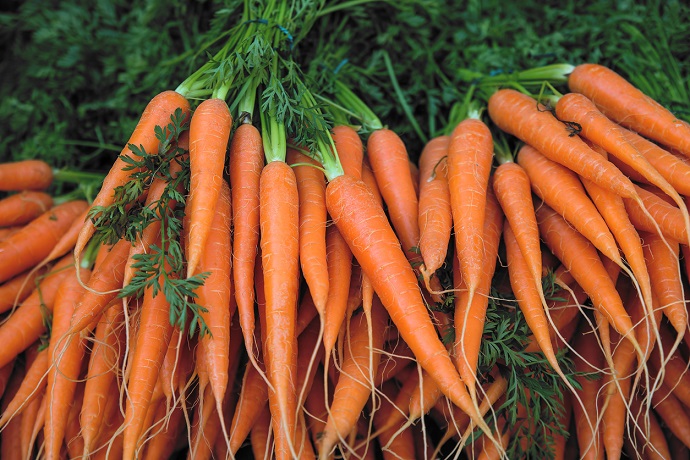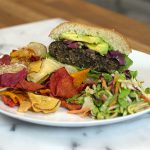Welcome back to our ongoing series about food additives! Our previous post gave you an overview of common additives starting with A. Now, we’re moving on to a few starting with B.
Butylated hydroxyanisole (BHA) and butylated hydroxytoluene (BHT) Commonly talked about together, BHA and BHT are both antioxidants used as food preservatives, primarily to keep oils in food from oxidizing and turning rancid. BHA is a white or yellow waxy solid with a faint aromatic scent, while BHT is a white or yellow powder that is usually odorless. Both are commonly used in a variety of foods and products, including cereals, chewing gum, baked goods, and oils. Not surprisingly, however, these additives continue to be surrounded by controversy. There has been conflicting research showing the potential for carcinogenic and adverse health effects on humans. The National Toxicology Program classifies BHA as “reasonably anticipated to be a human carcinogen” based on studies performed on animals. However, there isn’t enough data from epidemiological research to sufficiently evaluate a relationship between human cancers and BHA exposure. The Food and Drug Administration has classified both BHA and BHT as generally recognized as safe and permitted their use in foods in low dosages.
Beta-carotene (β-carotene) Carotenoids are naturally occurring pigments that give foods their red, yellow, or orange coloration, such as in carrots and sweet potatoes. β-carotene is a type of provitamin A carotenoid, meaning that the human body can convert it into retinol (vitamin A). Vitamin A is a fat-soluble vitamin needed to support eye health and proper immune function, and it helps regulate cell growth, such as in pregnancy. β-carotene is an antioxidant that can help prevent cell damage from free radicals. It’s sometimes added to foods as a supplement. Manufacturers might also use it as a color additive to give an orange-yellow coloring to foods, such as margarine, beverages, and baked goods. Too much intake in the form of retinol (vitamin A) can be toxic to the body, but this isn’t the case for β-carotene, and there isn’t any current evidence showing high intake levels are toxic.
FD&C Blue No. 1 Also known as Brilliant Blue FCF (for coloring food), this additive is a water-soluble, synthetic dye commonly used in foods, drugs, and cosmetics. It’s one of the nine color additives that are currently approved for use by the FDA in the following foods: confections, beverages, cereals, frozen dairy desserts, popsicles, frostings, and icings. Because it’s synthetic, it’s a certified color additive, meaning it must undergo certification every time a new batch is made. While most children have no adverse effects to consuming this additive, some studies suggest that certain children may be more sensitive to them. This additive can also be found on a food label under the abbreviated name “Blue 1” for those who may choose to avoid it.
Keep checking sagedining.com/blog for the next entry, which will cover some C additives.






